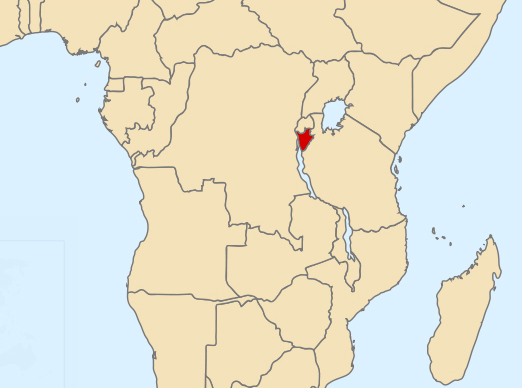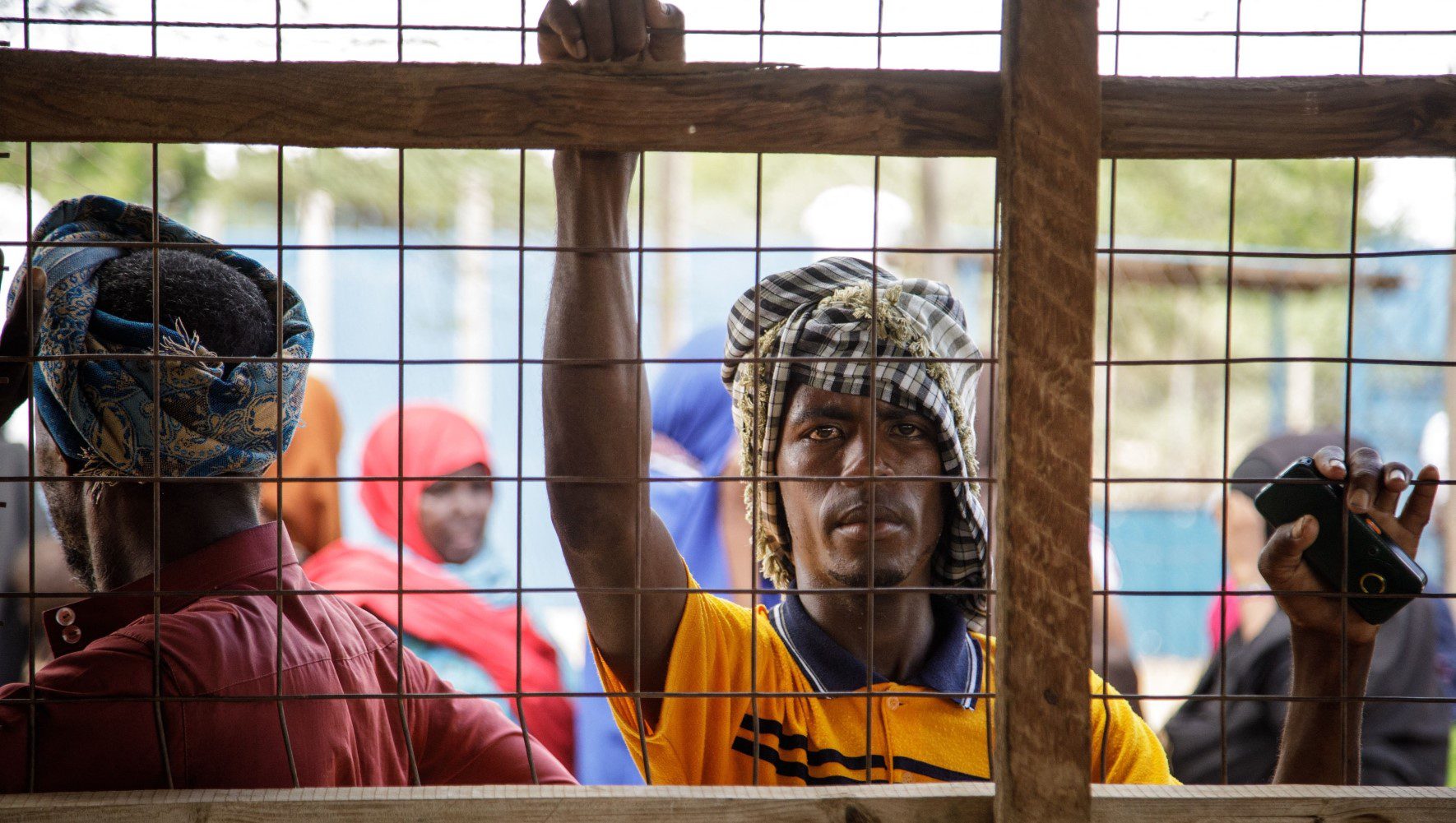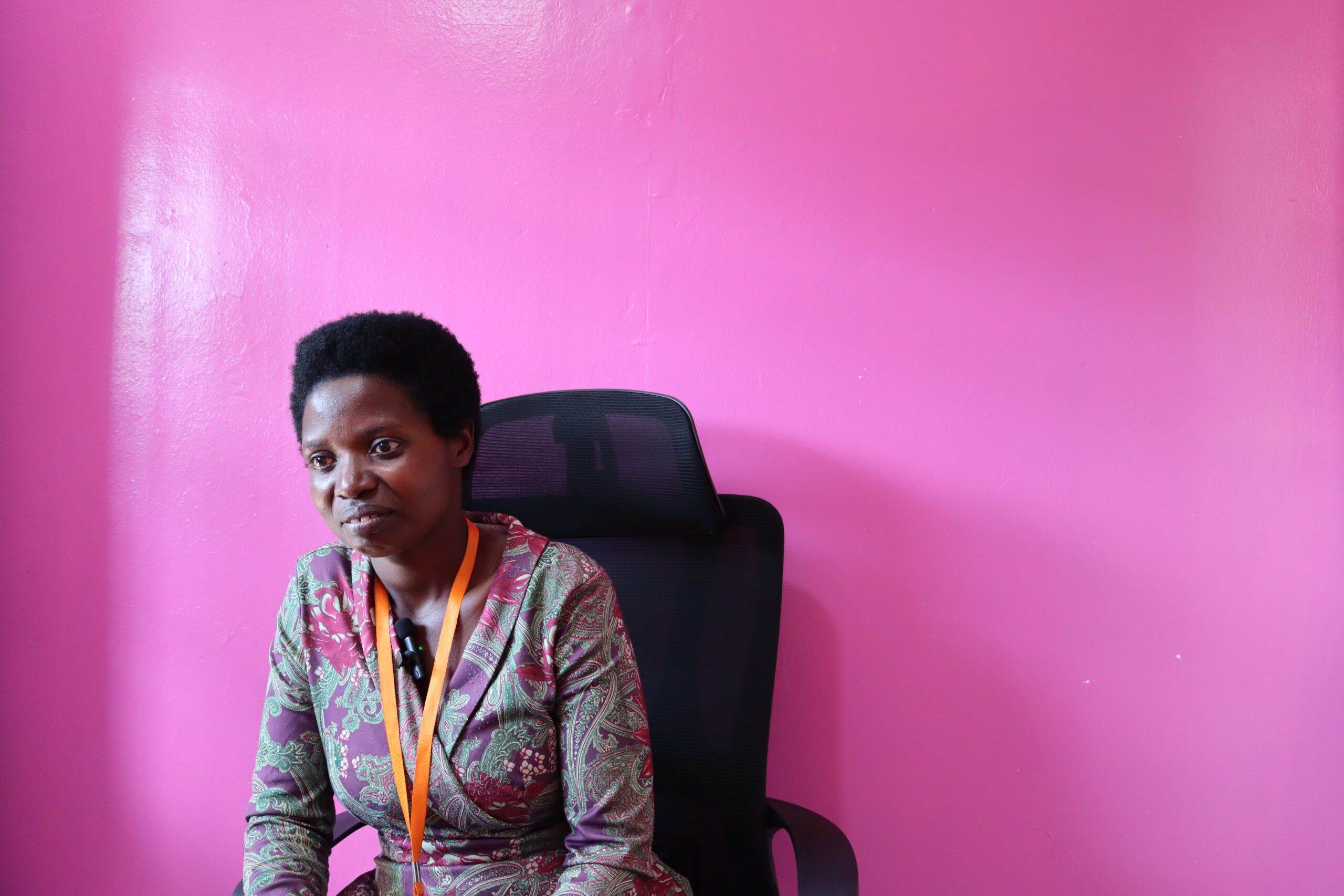Situation Report: Burundi
Aug 26, 2015

A map showing the location of Burundi (in red).
(Wikimedia Commons)
Burundi, rocked by a spate of assassinations and post-election violence, looks increasingly likely to spiral out of control. Thousands have fled the country, adding to an already worrisome refugee situation in the region.
The small Central African country has been on edge since April, when President Nkurunziza announced his intentions to run for a third term. Tens of thousands of Burundians fled the country—a rational response in a country that only recently emerged from a 12 year civil war along ethnic lines.
Tensions increased further in July after President Nkurunziza won an election that international observers characterized as “tainted” by government intimidation. Opposition leaders have called the result unconstitutional as Burundi, like the United States, limits its presidents to two terms.
Earlier this month, General Adolphe Nshimirimana, widely seen as the President’s de facto internal security chief, was assassinated when a rocket incinerated his car. Arrests followed, and a prominent human rights activist was attacked. On August 15, former Army Chief of Staff Colonel Jean Bikomagu was shot.
United Nations Secretary-General Ban Ki-Moon has said that the current atmosphere in the country is “marked by violence and the violation of human rights, including the right to life.” Many Burundians have decided to flee the country as a result.
Devota Nuwe, director of HIAS Uganda, reports seeing an increasing number of Burundian asylum seekers in both Kenya and Uganda. Between May and August this year, 80 asylum-seeking Burundian families visited HIAS offices in Uganda. That’s more than ten times the number they saw over the same period a year ago.
What HIAS is seeing on the ground in Kenya and Uganda lines up with the overall trend of increased flight. Nearly 178,000 Burundians had travelled to neighboring Tanzania and Rwanda as of July 20, 2015. Most of the roughly 80,000 Burundians in Tanzania are currently in the Nyarugusu refugee camp.
Nyarugusu is the second largest refugee camp in Africa but it cannot sustain such numbers, especially when the approaching rainy season will soon will soon make many areas of the camp uninhabitable. Even now, the mass shelters being used to house thousands of Burundians are inadequate and water is scarce.
Nyarugusu is also home to more than 60,000 Congolese refugees, many of whom have lived there for over a decade. The possibility of rising tensions between the newly arrived Burundi refugees and the more established Congolese refugees is a concern, especially given the shortage of both space and supplies.
The international community has taken some initial steps to address the deteriorating situation in Burundi. For instance, the E.U. is providing €4.5 million in humanitarian assistance to those fleeing Burundi and to those countries opening their doors to Burundian refugees. Other intergovernmental organizations and states should follow the E.U.’s lead and support these refugees and seek to find measures to prevent a full scale outbreak of violence in Burundi.
If the situation continues to escalate, we will need to be prepared to support thousands of additional Burundian refugees at a time when international capacity is already stretched thin by the 60 million refugees and displaced people worldwide. It is essential that the international community continues to provide support, monetary and otherwise, to the neighboring countries that have welcomed Burundian refugees. The United States can also help by increasing the number of refugees it admits each year. Most importantly, the world must do what it can to restore stability to Burundi so these families can one day return home.


